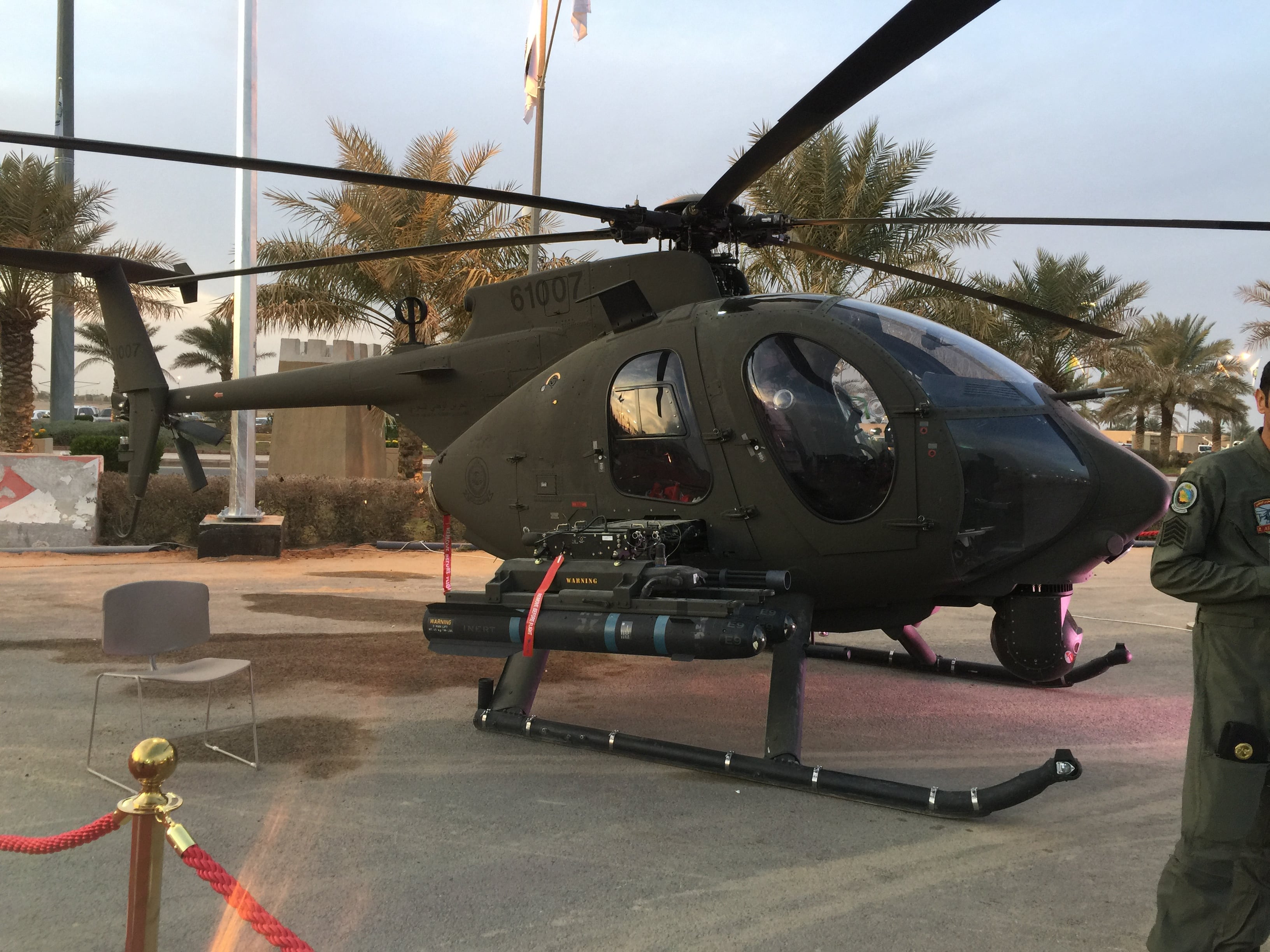The first few times U.S. Army aviator Paul Reidy flew Boeing’s AH-6i light helicopter, the instructor was surprised at the caliber of pilot he was teaching.
Chief Warrant Officer 4 Reidy worked hard, exercised good control touch over the delicate airframe and understood its systems. There was one problem, though. Reidy had very little experience on small, single-engine aircraft.
Normally that wouldn’t be an issue. He had nearly 4,000 hours of flight time, the vast majority of which was spent flying the much larger AH-64 Apache. He was a skilled aviator, and with time, he would get used to the more finicky AH-6i.
But Reidy didn’t have time. He died Sept. 6, 2018, while training a Saudi student pilot at the Khashm Al An Airfield in Riyadh.
When the accident occurred, Reidy only had 75 hours of flight time on the AH-6i, necessitating a waiver since it was well short of the 250-hour minimum required by Saudi regulations, according to an investigation into the mishap obtained by Army Times.
But Reidy’s AH-6i transition was not approved by the Department of the Army’s aviation staff, as was required, and the instructor role should have been filled by a civilian contractor from Boeing, the multi-billion-dollar defense firm with the contract to train the Saudis, the investigation determined.
“Inexperience with single engine aircraft, compounded by the need of OPM-SANG to rapidly train a successor to [the previous instructor pilot], allowed CW4 Reidy to be put in a situation where he was teaching [Saudi students] with minimal preparation,” the investigation reads.
OPM-SANG is the acronym for the U.S. Army Office of the Program Manager tasked to modernize Saudi Arabia’s National Guard — a force outside the regular Saudi military that protects the royal family from internal threats.
The investigation determined that the U.S. program to train Saudi pilots “lacks the skills to accomplish the mission," but still allowed for “mission creep” over the year prior to Reidy’s death, expanding its flight instruction to the AH-6i “to fill a Boeing contractual void.”
The investigation also found that Saudi students trained to time, not proficiency. Their rigid schedules forced them to graduate on preset dates regardless of the number of flight hours missed due to weather or maintenance delays.
After Reidy’s death, the program stopped using Army aviators to teach on the AH-6i, said Kimberley A. Capehart, a spokeswoman for U.S. Army Security Assistance Command, which oversees the modernization program for the Saudi Guard.
The investigation’s findings were completed and signed in February by Maj. Gen. Douglas M. Gabram, then-commander of U.S. Army Aviation and Missile Command at Redstone Arsenal, Alabama.
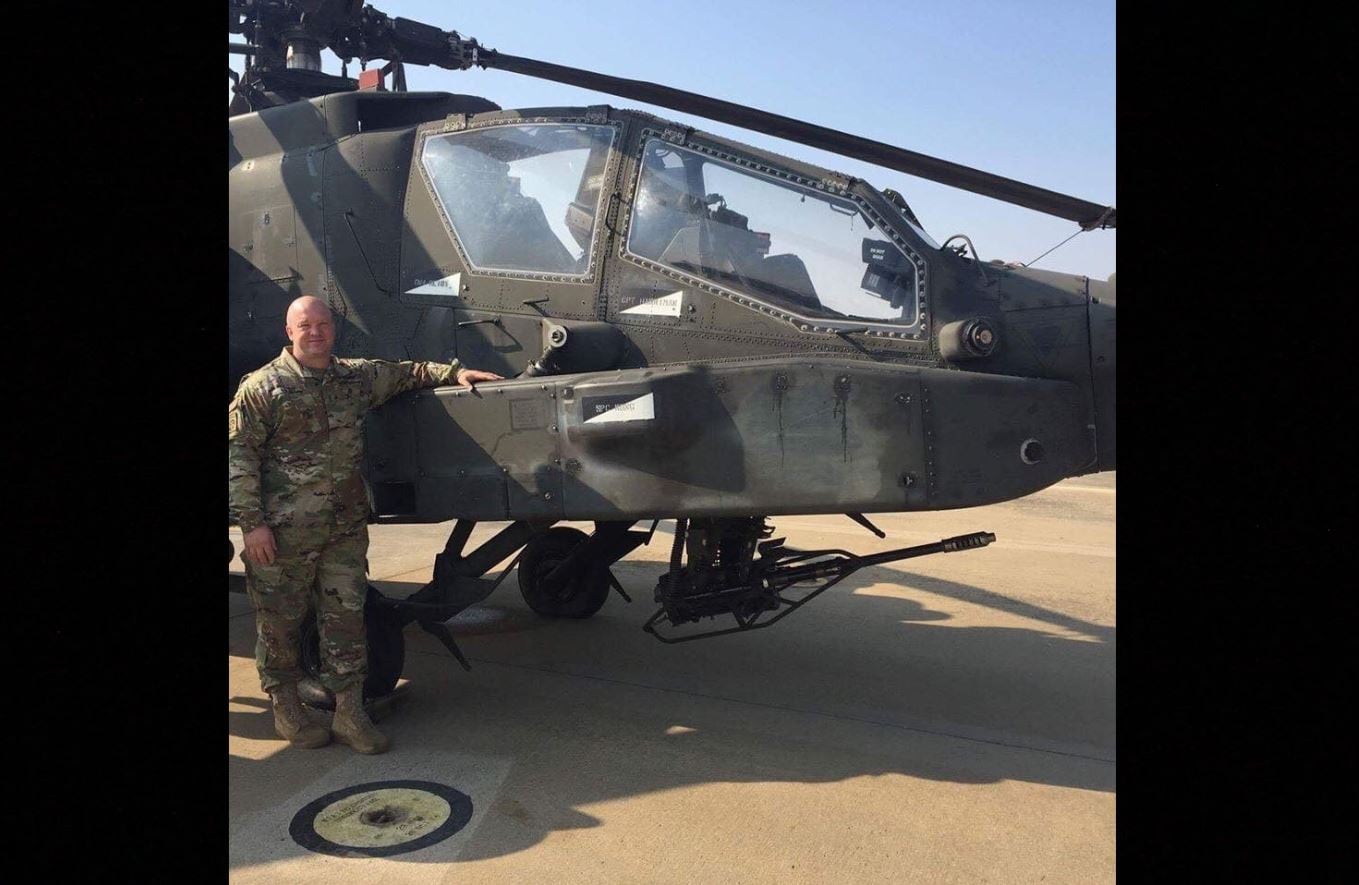
Although his career was filled with combat tours and aviation billets, Reidy was a curious choice to train Saudi Guard pilots to fly the lighter AH-6i. After all, he hadn’t flown a single-engine aircraft in more than 17 years.
But operations along the Yemen-Saudi border demanded more AH-6i pilots and Boeing was not always providing enough instructors.
That problem was exacerbated when Saudi Guard leaders requested “pilot throughput increased beyond what is provided for in the Boeing contract,” the investigation reads.
The U.S. Army Program Manager offered to provide Army aviators to help. They should have been pilots who flew single-engine helicopters throughout their careers, but by spring 2018, none were available.
Those factors led to Reidy being tapped to fill a role that a civilian contractor would have been better prepared for — and likely paid much more.
“It’s unusual, no doubt,” said an Army aviator who has conducted foreign military sales training. He asked to remain anonymous because he is still in the service.
“Honestly, I think that pilot should have had more time in that particular type of aircraft, but that speaks to more systemic problems with the foreign military sales system,” he said. “That sounds like a job that should have been performed by a contractor provided by the manufacturer or a third party that has more time in type.”
Saudi Guard officials originally requested U.S. military assistance to increase the instructor presence, according to the investigation. That made it all the more frustrating when Reidy died, and they refused to permit the deceased American soldier to be given a ramp ceremony on their airfield, forcing Reidy’s comrades to take his remains to King Salman Air Base instead.
They had to obtain a royal decree to allow their foreign aircraft to land there.
Trained in the kingdom
Reidy began instructor pilot qualifications on the AH-6i in April 2018. He didn’t go to the Boeing plant in Mesa, Arizona, for his qualifications, where the defense firm had trained past Army aviators and contractors on the AH-6i. Instead, he did a combined aircraft and instructor pilot qualification course in Saudi Arabia.
“They kind of cut corners by having him train on-site instead of sending him to Mesa where they have an actual training program," Reidy’s wife, Jennifer Reidy, told Army Times. “I don’t know how much it costs but that’s a sore spot for me. I really think they should have trained him as well as the counterpart he was replacing.”
Boeing representatives declined to speak about the incident and referred all questions to the U.S. Army.
Capehart said that training at Mesa was discontinued after all the AH-6is were delivered. She acknowledged that Reidy’s predecessor was trained at the Boeing plant in Mesa, but said that training shifted to Riyadh in accordance with the Saudi Guard’s request when a new contract was drawn up.
It remains unclear why an American pilot was trained at the Saudi facility, given that his transition to the AH-6i and the technical publications used to guide him were not approved in the first place.
During qualification as an instructor pilot, Reidy had some issues with the throttle. Initially, he was slow to roll it back to the “FLY” position after the aircraft entered autorotation — a maneuver that allows helicopter pilots to safely land if their engine stops working by using only the force of air to drive the rotor.
Reidy got better and did ultimately conduct autorotations to standard, but not to the standard expected of an instructor pilot on that air frame. It was recommended that he fly more before teaching Saudi students.
“For unknown reasons, these additional training flights did not occur," the investigation reads.
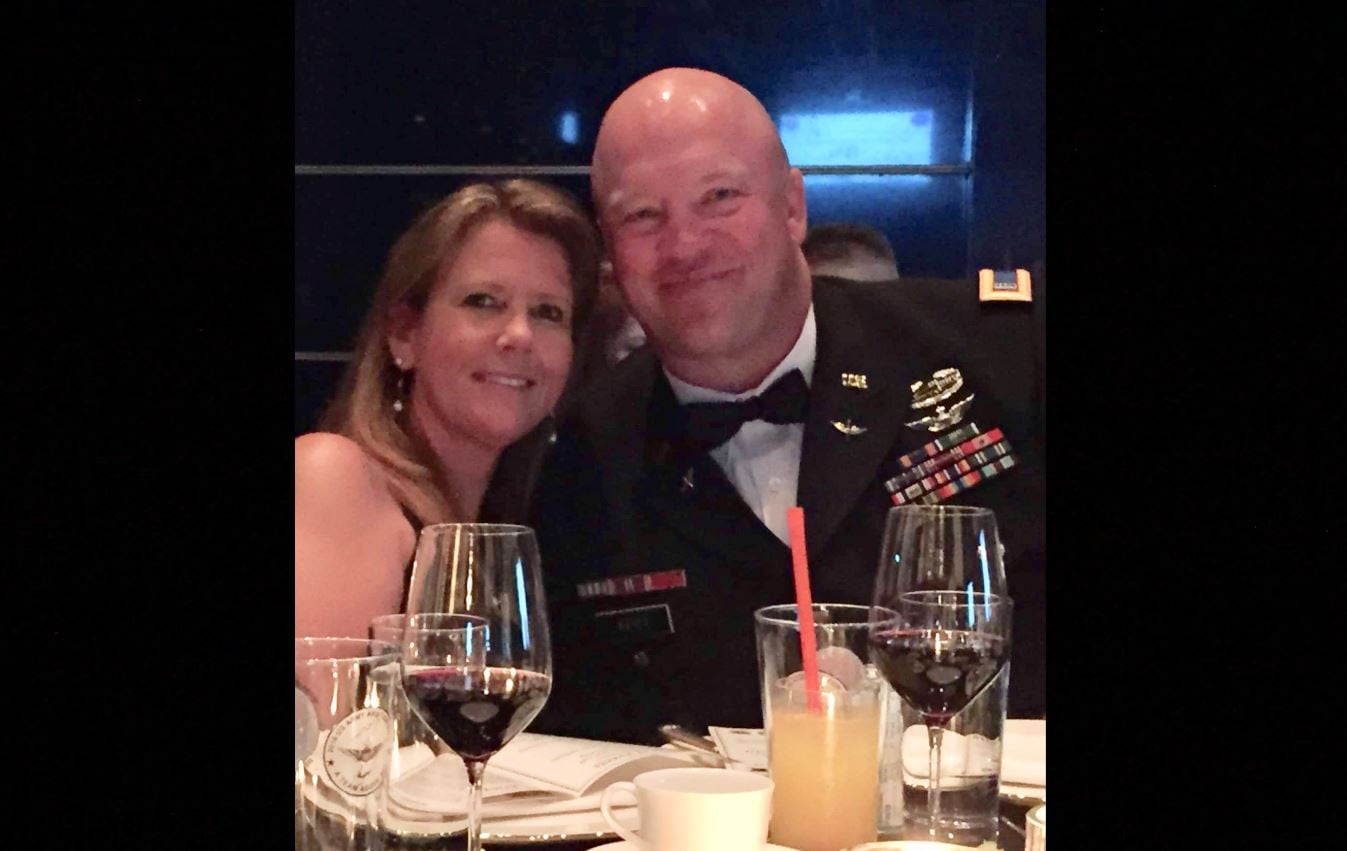
Another pilot cited in the investigation “found it odd” that Reidy was immediately signed off as an instructor without further training or evaluation.
"In my opinion, he shouldn’t have been with inexperienced students right away,” Jennifer Reidy said. “He had a break of like two months that he didn’t fly and then he had his accident three days into the school.”
Prior to the accident, Reidy had expressed some frustration to his peers with the handling of the AH-6i, complaining that the flight controls were counter-intuitive and that it was different from any aircraft he had flown. But he never expressed hesitation about teaching students.
The fatal mishap
On the morning of Sept. 6, 2018, Reidy arrived at the airfield at 5:25 a.m.
The student he was training that morning had less than 10 hours of flight time on the AH-6i.
Reidy had been instructing him for two days prior to the incident. He had just returned from Germany before starting to teach the new class.
During both training days, the student performed poorly on autorotations, earning a grade that indicated “the student has extreme difficulty flying the maneuver and the safe outcome of the maneuver is in doubt,” according to the investigation.
But by Sept. 6, the student was doing better. They performed a pre-flight check and were in the air an hour later. Reidy performed the first autorotation as a demonstration with no issues. The student then took the controls. He performed two autorotations well enough, before taking off for their third and final attempt.
An airfield security video viewed by Army Times captured the crash. It shows the student pilot conducting an autorotation, descending slowly to the heliport’s deck. But during the maneuver, the throttle wasn’t rolled back from “IDLE” to “FLY” prior to descending below 400 feet above the ground, as per regulation.
Reidy didn’t realize the error until the final stage of the autorotation, just prior to impact with the ground. In the video, the helicopter is seen rapidly accelerating as it hits the tarmac. The tail hits the main rotor and splits from the aircraft, sending it into a violent spin before coming to a rest on its side.
Reidy was killed in the crash and the student was severely injured, but survived.
The damage was made more severe when Reidy placed the throttle in the “FLY” position just prior to hitting the ground and as the student was applying full power.
While Reidy was a seasoned AH-64 Apache pilot, “he lacked recent and significant experience in single engine aircraft" like that of the AH-6i, the investigation reads.
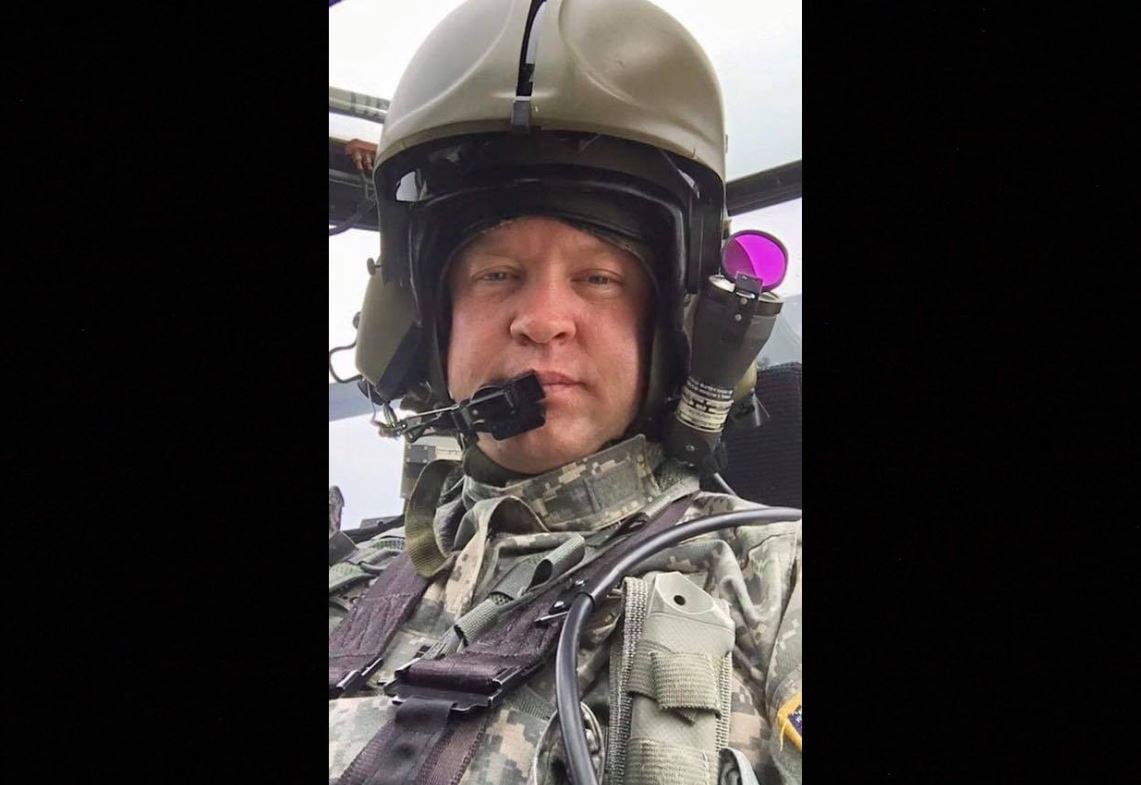
Reidy’s lack of experience was also apparent during gunnery training after being qualified as an instructor pilot, when he failed to react quickly enough to prevent a Saudi student from over-speeding the main rotor twice on one day. Two aviators said in statements included in the investigation that it’s easy to over-speed on the AH-6i, and it takes time to become comfortable on the airframe.
Although Reidy was counseled following this, he was not offered any retraining.
Following the investigation, the U.S. Army Program Manager for the Saudi Guard conducted a comprehensive review of its aircrew training program, according to Capehart, the spokeswoman for U.S. Army Security Assistance Command.
“No U.S. Army military personnel currently fly the AH-6i in Saudi Arabia,” Capehart said.
The program changed its single-engine pilot positions from military aviators to civilians. The move was intended “to acquire more experienced single-engine pilots who have full touchdown autorotation training, as well as the potential to serve longer tours,” she added.
There is also more mentorship and oversight of newly assigned pilots, according to Capehart.
‘They need to tighten up’
But for family members of Reidy, the incident shows how the U.S. military is often reactive, rather than proactive in its solutions.
“They need to tighten up and not cut corners,” Jennifer Reidy said.
In all of her husband’s career, this assignment was the first time Jennifer Reidy had been “command sponsored.” She was brought to Saudi Arabia, given a job in the U.S. Army Program Manager’s office and lived with her husband on a compound under diplomatic orders.
Saudi Guard officials cited in the investigation wanted a pilot who would be in the seat for more than a year, and Reidy fit that bill.
“I don’t know why they chose him, but I think it was because of the longevity, because everyone else has a year but he was getting command sponsored,” Jennifer Reidy said. “My husband was going to be there for two years."
Sometimes Reidy would mention to his wife, offhand, that it was odd how he was doing a job for which a contractor would be paid more than double the amount, she said.
“They’re using someone who makes $90,000 a year instead of paying a contractor $250,000," she said.
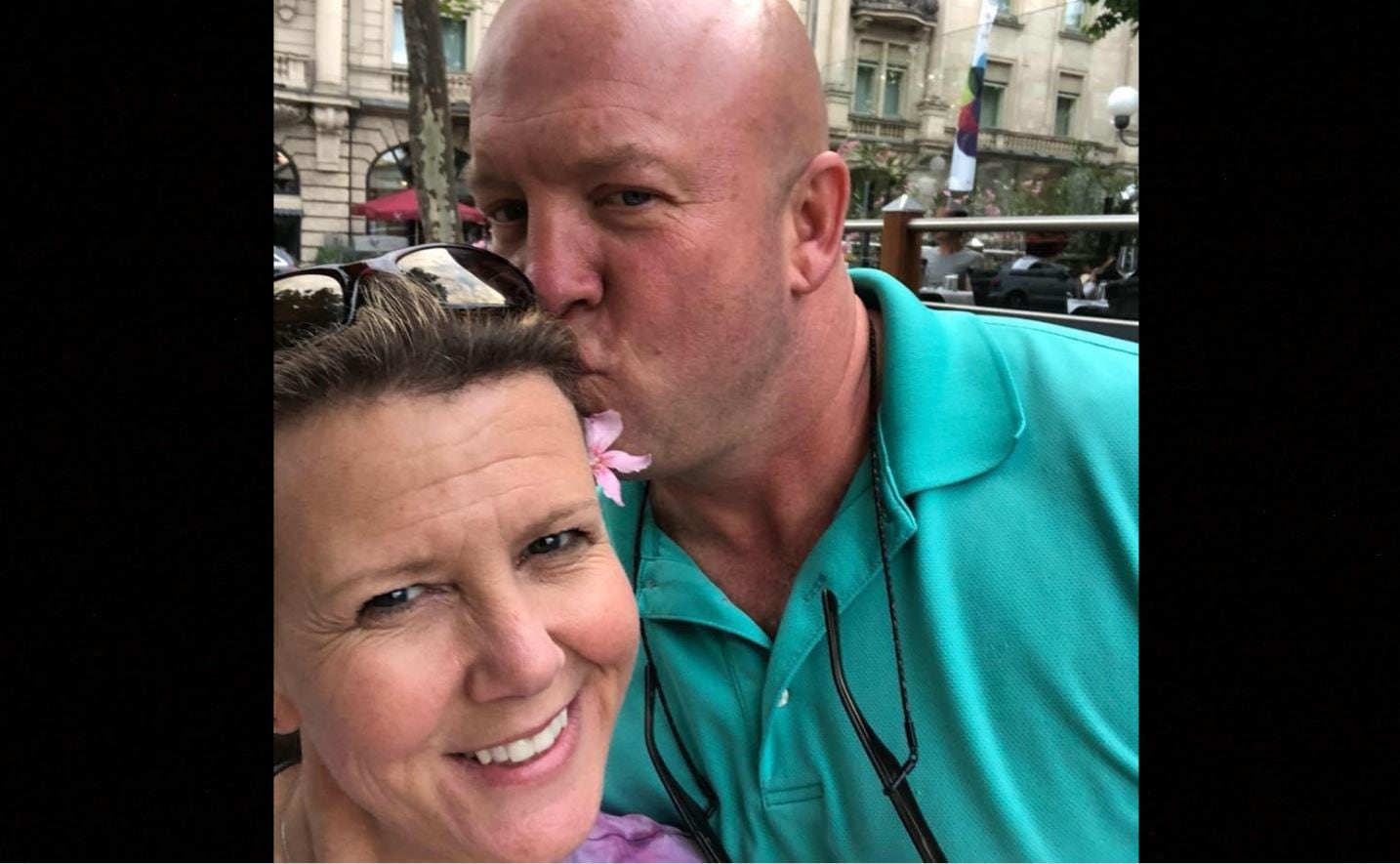
When the United States agrees to sell military hardware to other countries, it’s typically responsible for training local nationals on the new equipment. The AH-6i, however, is not a standard U.S. military aircraft so there are no resident experts in the armed services.
Other aircraft are similar in size and handling, like the OH-58 Kiowa, but the AH-6i is not in the U.S. Army’s inventory.
The pilot who Reidy replaced had made a career out of flying smaller, more finicky helicopters.
Although his name was redacted from the investigation, the document states that this pilot’s entire flight experience had been in single-engine aircraft. He had 2,700 hours in the OH-58D and 480 hours in the MD530, which he had gained while helping to stand up the Afghan Air Force’s flight school.
The position Reidy was originally supposed to be taking when he left his South Korea assignment for Saudi Arabia in February 2018 was that of an adviser on the AH-64E, according to his wife.
“From my understanding his role was supposed to just be oversight, not to be an actual pilot for two years teaching,” she said. “That was the job of contractors and Boeing to put people on the ground to do the training.”
“He wasn’t going to complain, because he was mission-oriented,” she added. “He just wanted to make sure he was filling the slots they asked him to.”
Kyle Rempfer was an editor and reporter who has covered combat operations, criminal cases, foreign military assistance and training accidents. Before entering journalism, Kyle served in U.S. Air Force Special Tactics and deployed in 2014 to Paktika Province, Afghanistan, and Baghdad, Iraq.
